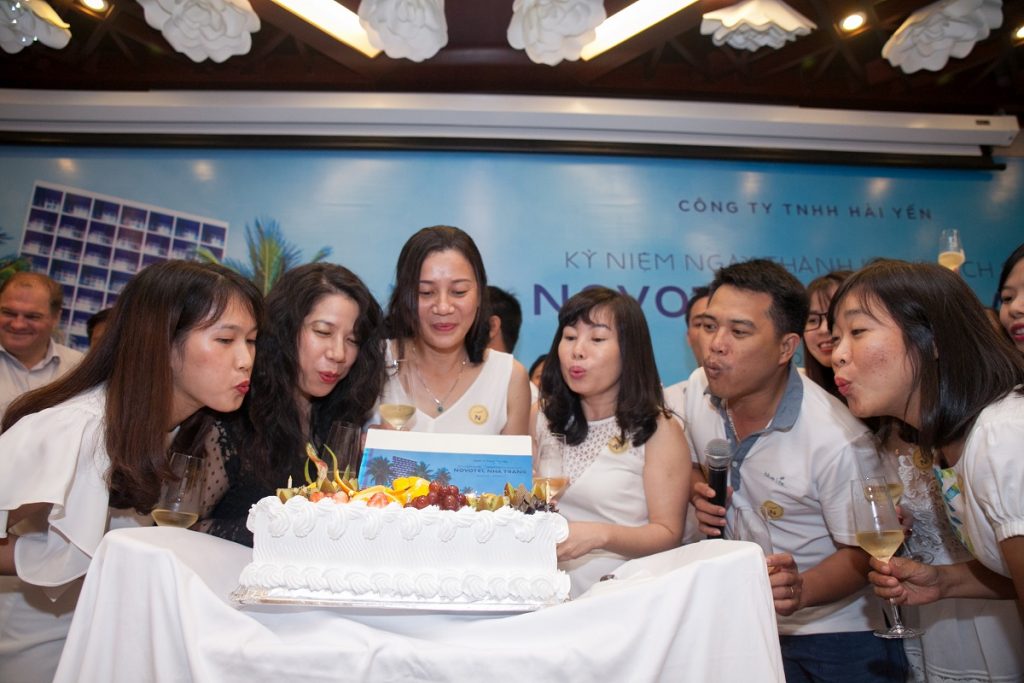Betel Leaf Chewing in Vietamese Culture
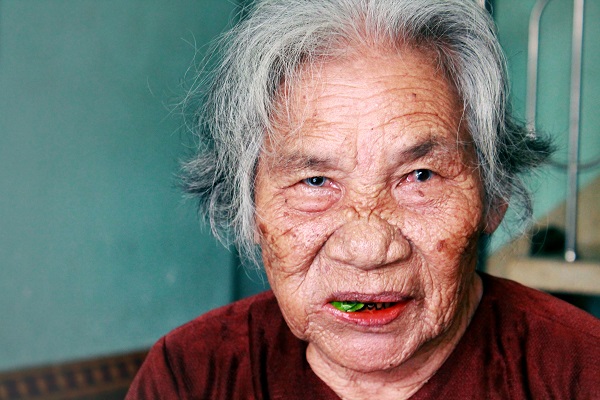
Betel chewing in Vietnamese Culture
Often given as a gift for marriage or engagement, used as a conversation starter in daily social life communications similar to a pipe , cigarette or a bowl of green tea, the betel quid establishes communication, and is not just a habit or custom, but an important element of Vietnamese traditional cultural values.
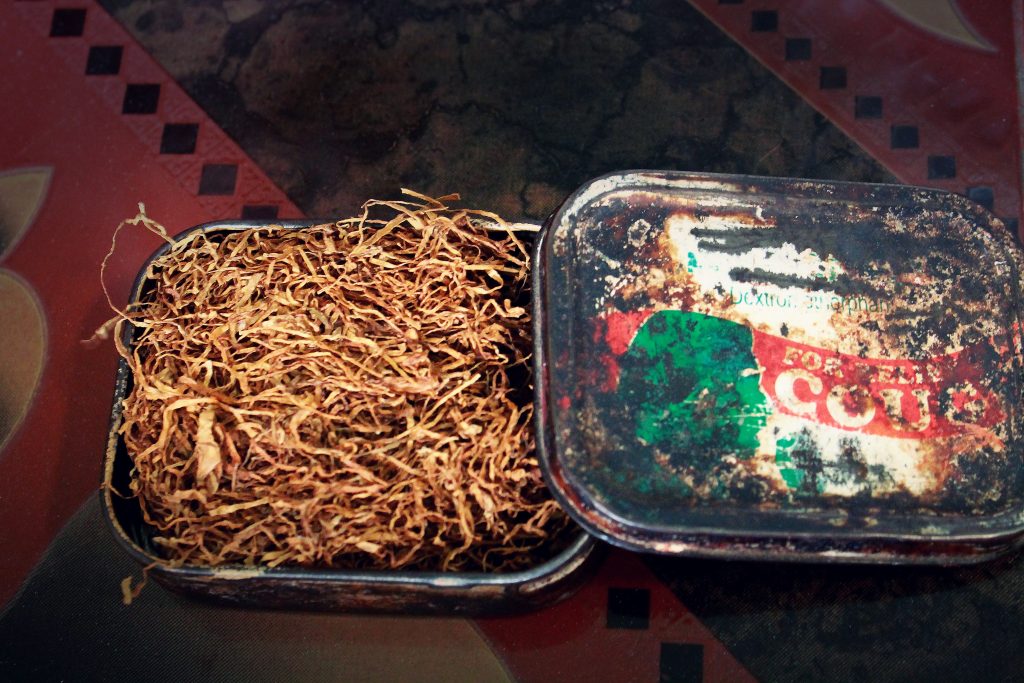
Based on an archeological research, the evidence of the first betel-chewing remains was found in a cave in The Philippines, and was dated at approximately 3000BC. In Vietnam, the first betel-chewers appeared around the time Hung Kings, some three thousand years ago.
The Vietnamese betel quid typically contains a quarter of peeled areca nut wrapped in a betel leaf (sometimes only a half) and is coated with a smear of white or colored slack lime. Sometimes, Vietnamese chewers add a slice of Vỏ Chay (the bark of Artocarpus tonkinensis) to increase the bitterness, while others use tobacco.
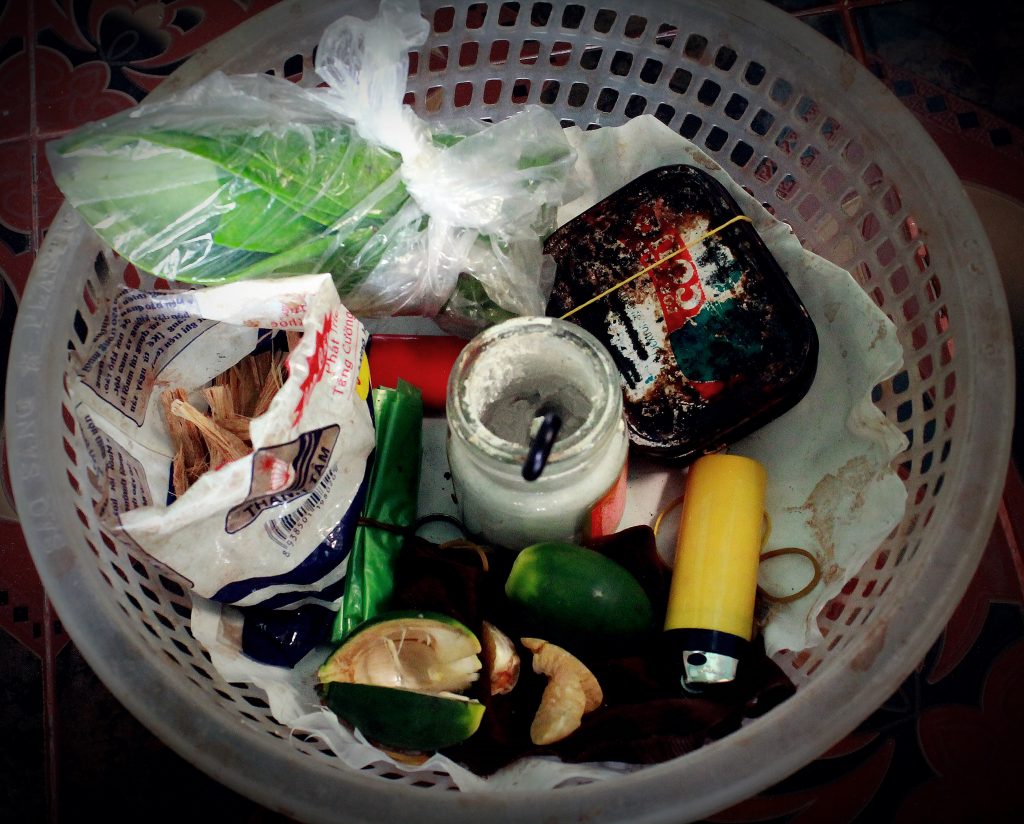
Seemingly, a normal betel quid looks very simple. However, to prepare real traditional betel, known as phoenix-winged form (Trầu têm cánh Phượng) is nothing short of an art form and carries a profound meaning in Vietnamese cultural life. In the past, the way of preparing betel quid would reflect your social class, education level, temperament as well as your sense of aesthetics. It is judged through the way you fold betel leaves and husk, and split the areca nuts along with smaller details like keeping your spittoon clean, your betel knife sharp and maintaining your betel tray with full fresh makings.
In times gone past, betel and areca played an important role in wedding ceremonies. At the beginning of a marriage ceremony, the reception of betel trays was considered as an engagement agreement or a lifelong promise. Appearing in all stages of a traditional wedding ceremony from “Proposal Feast” (Lễ dạm ngõ), “Definitive Conclusion Feast” (Lễ hỏi), “Feast for the Bride Entering Her Husband’s Family” (Lễ xin hôn) to “The ceremony of bringing the bride home” (Lễ rước dâu), the significance of betel and areca is still widely followed in traditional weddings.

The Phoenix-Winged Form is usually used for weddings while “Scimitar Form” (Trầu têm Mũi Mác) is used when the wives see off their husbands to the battlefield, along with the “Sword Form” (Tàu têm Cánh Kiếm) always cherish the hope of victory. Betel is quite prominent in Vietnamese folktales and legends such as “Tấm Cám” (The story of Tam and Cam) or “Sự tích Trầu Cau” (The Origin of Betel and Areca).
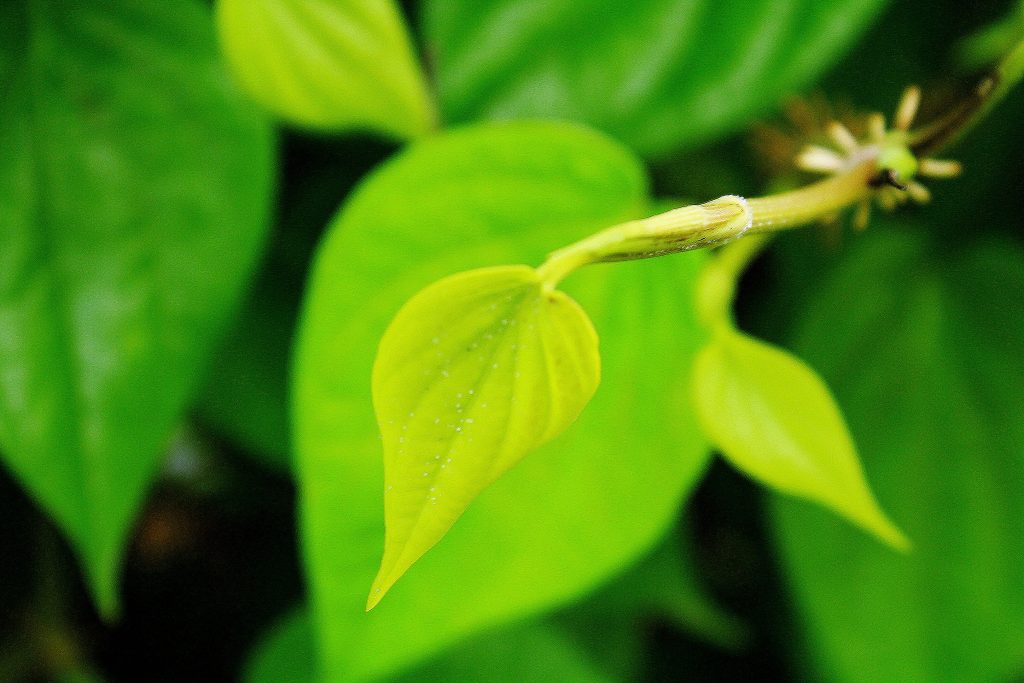
Nowadays, this beautiful custom is not widely practiced like in generations past, but it is still a wonderful tradition of the Vietnamese people. There are still some tradition-keepers that we can find such as Bà Ba (Madam Ba) – an old woman who still chews daily. Speaking to the DNT team, she proclaimed to having lost only 3 teeth in her 85 years thanks to chewing betel throughout her life.

